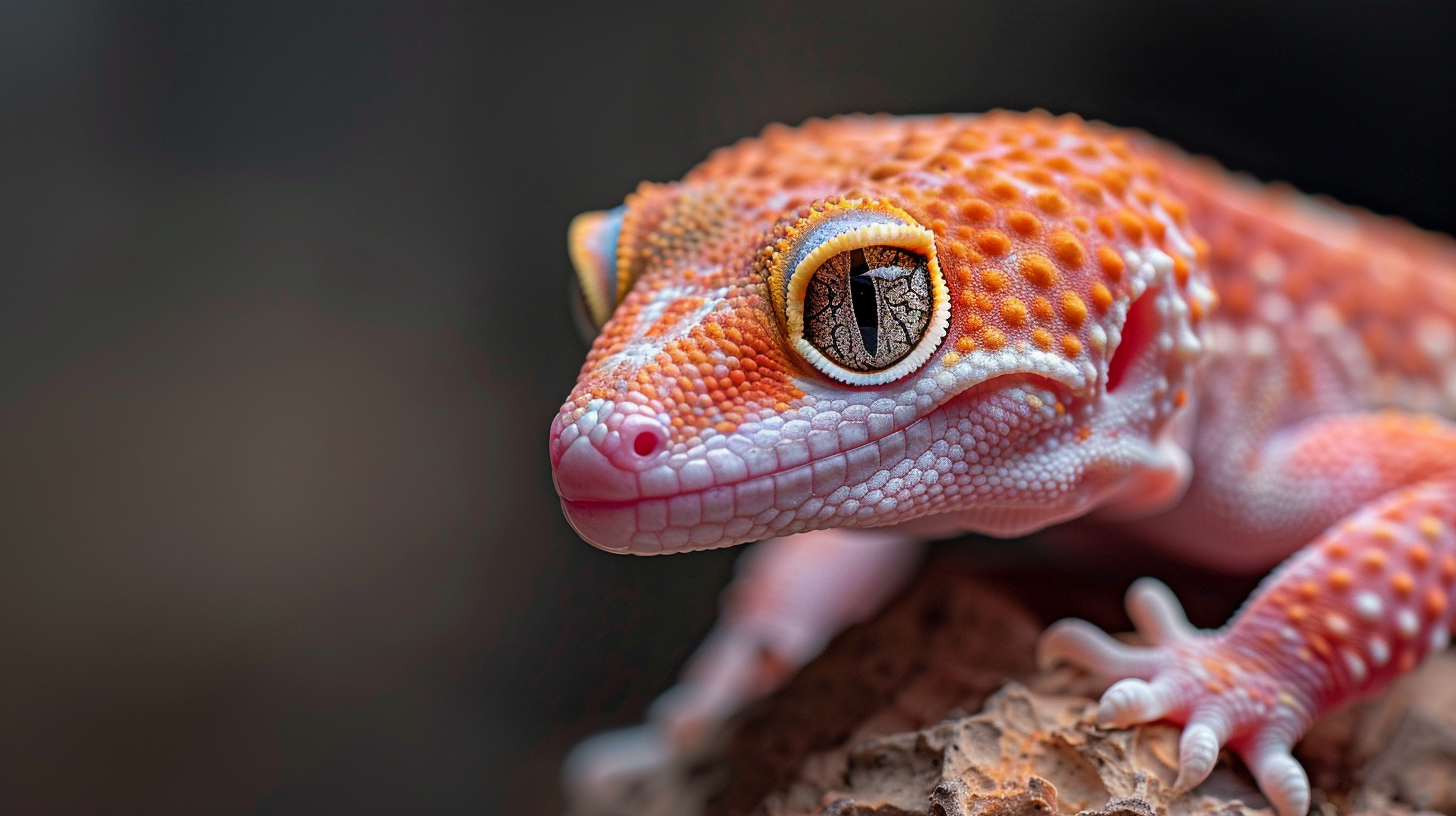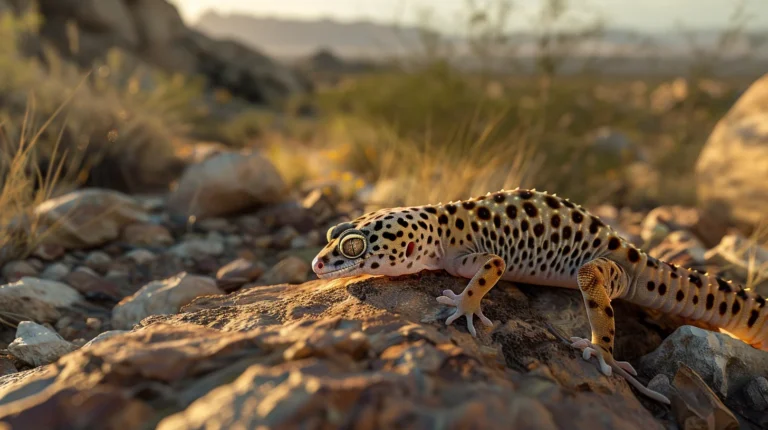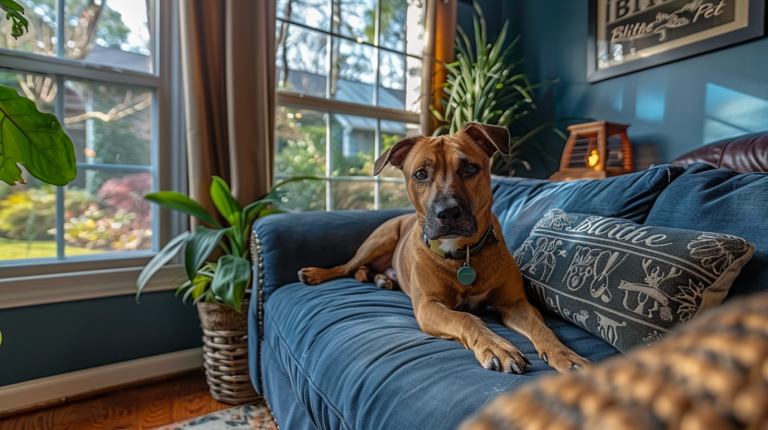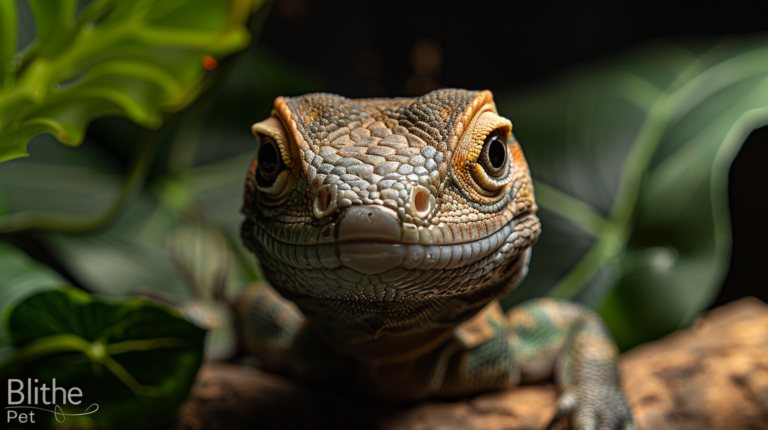Discover 12 crucial facts about leopard gecko price to avoid overpaying. Learn about morphs, hidden costs, best buying times, and negotiation strategies for smart gecko purchases.
Table of Contents
When considering adding a leopard gecko to your family, understanding the leopard gecko price is crucial for making an informed decision. These captivating reptiles have become increasingly popular pets due to their docile nature, stunning patterns, and relatively low maintenance requirements. However, many prospective owners find themselves overwhelmed by the wide range of prices they encounter, from budget-friendly options to premium morphs that can cost thousands of dollars.
The Leopard Gecko Price market has evolved significantly over the past decade, with breeding programs producing an incredible variety of colors, patterns, and genetic traits. This diversity directly impacts pricing, making it essential for potential owners to understand what factors influence cost and how to avoid overpaying for their new companion. Whether you’re a first-time reptile owner or an experienced enthusiast looking to expand your collection, this comprehensive guide will provide you with the knowledge needed to navigate the leopard gecko market confidently.
1. Understanding Base Leopard Gecko Pricing
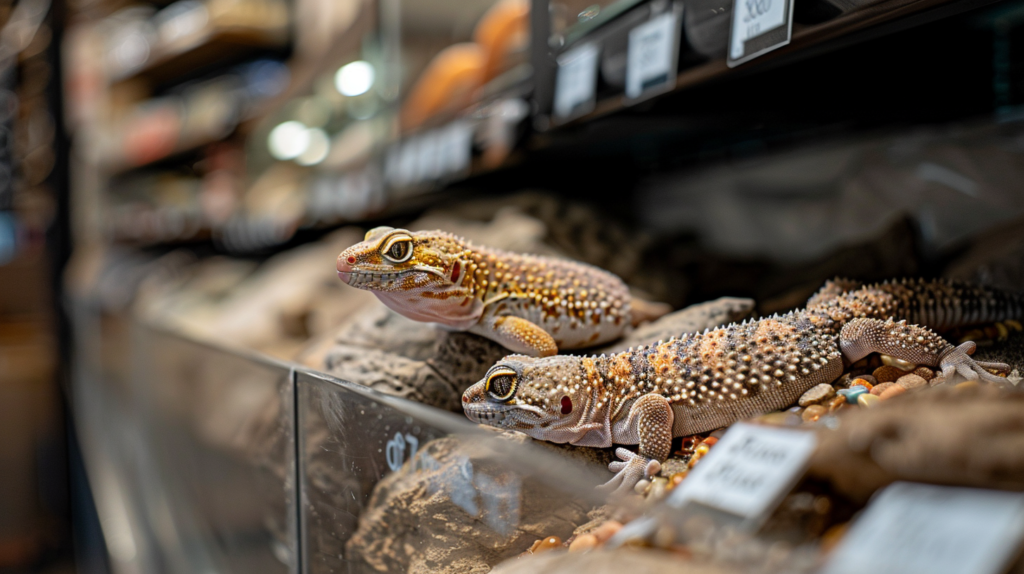
The foundation of leopard gecko pricing begins with understanding the basic cost structure in the reptile market. Standard leopard geckos, often referred to as “normals” or “wilds,” typically range from $20 to $50 at pet stores and reptile shows. These geckos display the classic yellow and black banded pattern that makes the species instantly recognizable.
However, the leopard gecko price can vary dramatically based on several factors. Pet store prices often include markup for overhead costs, while purchasing directly from breeders may offer better value and healthier animals. Online retailers have also entered the market, providing competitive pricing but requiring careful consideration of shipping costs and animal welfare during transport.
Price Breakdown by Source:
- Pet stores: $25-$60 for normal morphs
- Reptile shows: $20-$45 for normal morphs
- Online breeders: $30-$55 (plus shipping)
- Local breeders: $25-$50
The age of the gecko also influences pricing. Hatchlings (0-3 months) are typically less expensive than juveniles (3-8 months) or adults (8+ months). Adult geckos command higher prices due to their proven health, established feeding patterns, and known genetic traits.
2. Morph Categories and Their Impact on Cost
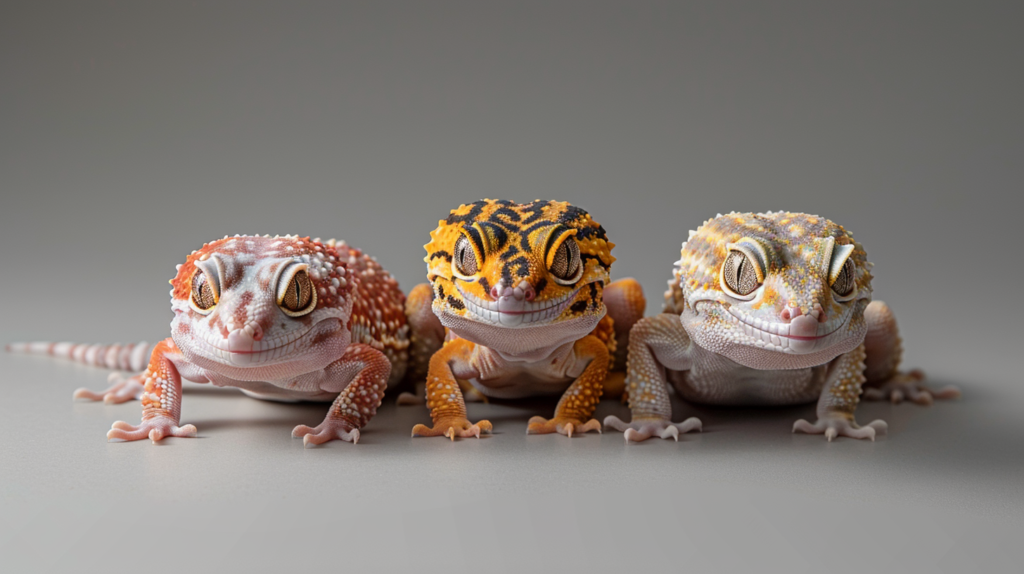
Leopard gecko morphs represent one of the most significant factors affecting price. A morph refers to a gecko with specific genetic traits that produce unique colors, patterns, or physical characteristics. Understanding these categories is essential for avoiding overpayment.
Basic Morphs ($50-$150):
- High Yellow: Enhanced yellow coloration
- Tangerine: Orange-based coloration
- Jungle: Irregular banding patterns
- Striped: Distinct stripe patterns
Intermediate Morphs ($150-$400):
- Albino variants (Tremper, Bell, Rainwater)
- Blizzard: Solid coloration without patterns
- Murphy’s Patternless: Reduced or absent patterns
- Carrot Tail: Orange tail coloration
High-End Morphs ($400-$2,000+):
- Eclipse: Solid black eyes
- Enigma: Unique spotting patterns
- Diablo Blanco: White gecko with red eyes
- Black Night: Extremely dark coloration
The genetics behind these morphs determine their rarity and, consequently, their price. Simple recessive traits are more common and affordable, while complex genetic combinations or newly developed morphs command premium prices. Some morphs also come with health considerations that potential owners should research before purchasing.
3. Age and Size Considerations
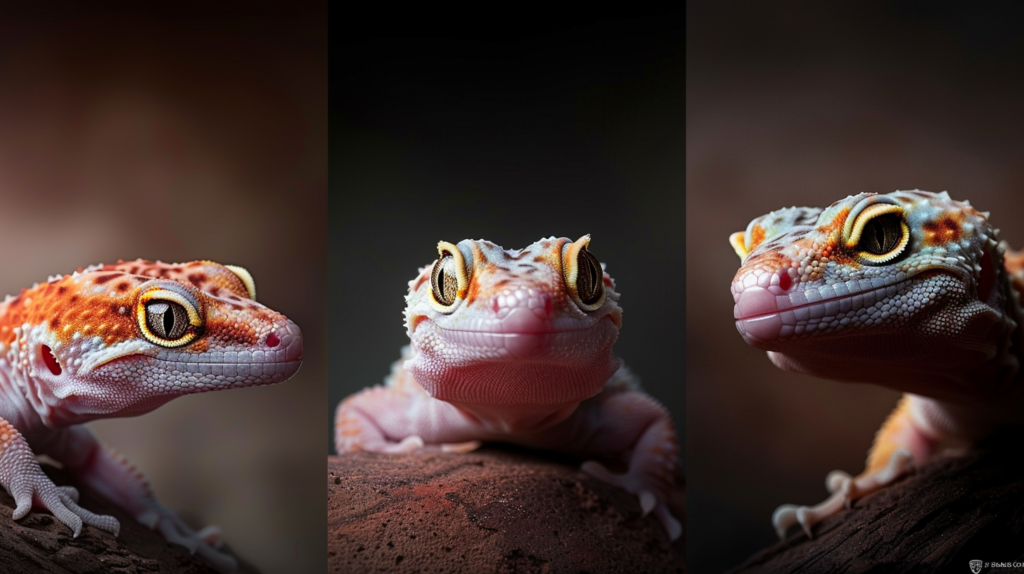
The age and size of a leopard gecko significantly influence its market value, creating a complex pricing structure that buyers must navigate carefully. Understanding these factors helps prevent overpaying while ensuring you select a gecko that matches your experience level and expectations.
Hatchling Stage (0-3 months): Hatchling leopard geckos are the most affordable option, typically priced 20-30% lower than adults. However, they require more intensive care, including frequent feeding schedules and careful temperature monitoring. First-time owners often find success with hatchlings, but the mortality risk is higher during this vulnerable stage.
Juvenile Stage (3-8 months): Juveniles represent the sweet spot for many buyers, offering established eating patterns and reduced mortality risk while maintaining reasonable prices. They’ve typically undergone their first few sheds successfully and have demonstrated basic hardiness.
Adult Stage (8+ months): Adult leopard geckos command the highest prices due to their proven genetics, established health, and breeding potential. Females ready for breeding and proven males with desirable traits can cost significantly more than their younger counterparts.
Size Classifications:
- Small (under 6 inches): Usually hatchlings or juveniles
- Medium (6-8 inches): Juveniles approaching adulthood
- Large (8+ inches): Full adults with maximum size potential
Table suggestion: Age-based pricing chart with care requirements
| Age Group | Price Range | Care Level | Feeding Frequency |
| Hatchling | $20-$40 | High | Daily |
| Juvenile | $30-$60 | Moderate | Every other day |
| Adult | $40-$80+ | Low | Twice weekly |
4. Seasonal Price Fluctuations
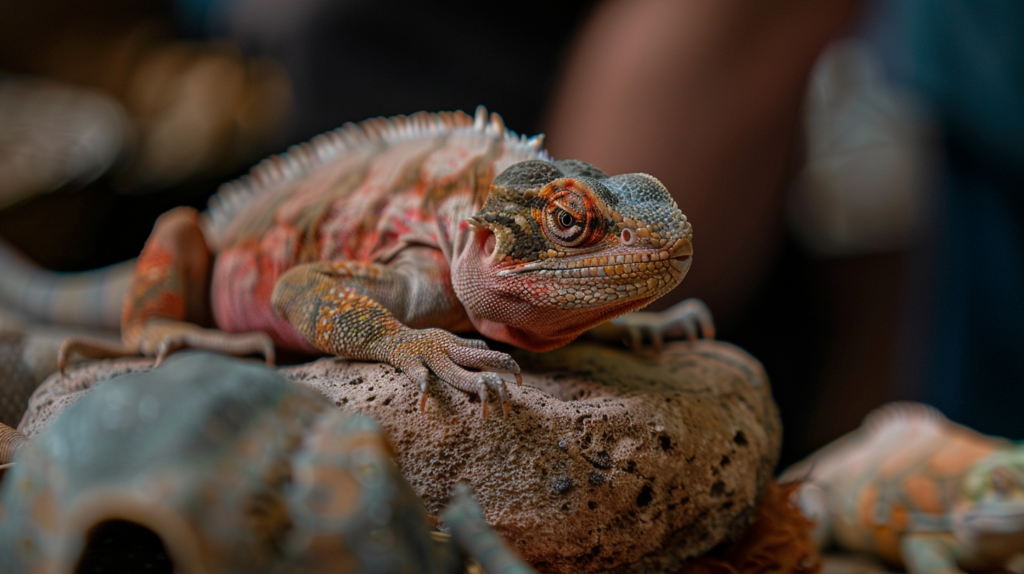
The leopard gecko market experiences predictable seasonal patterns that savvy buyers can leverage to find better deals. Understanding these fluctuations helps time purchases for maximum value while avoiding peak pricing periods.
Spring Peak Season (March-May): Spring represents the highest demand period for leopard geckos as breeding season begins and people emerge from winter ready for new pets. Prices typically increase 15-25% during this period due to heightened demand and increased breeding activity.
Summer Stability (June-August): Summer months offer more stable pricing as the initial spring rush subsides. However, reptile shows and conventions during this period can create temporary local price spikes. This season is ideal for finding consistent pricing across different sources.
Fall Opportunities (September-November): Fall presents excellent buying opportunities as breeders look to reduce their collections before winter. End-of-season sales and reduced demand can lead to significant savings, particularly for adult animals and overproduced morphs.
Winter Challenges (December-February): Winter creates unique market conditions with reduced availability due to shipping concerns and decreased breeding activity. While selection may be limited, serious sellers often offer competitive prices to maintain cash flow during the slower season.
Breeding Season Impact: The annual breeding cycle significantly affects pricing, with gravid (pregnant) females commanding premium prices and post-breeding animals sometimes available at reduced costs. Understanding these cycles helps buyers time their purchases strategically.
5. Geographic Location and Market Variations
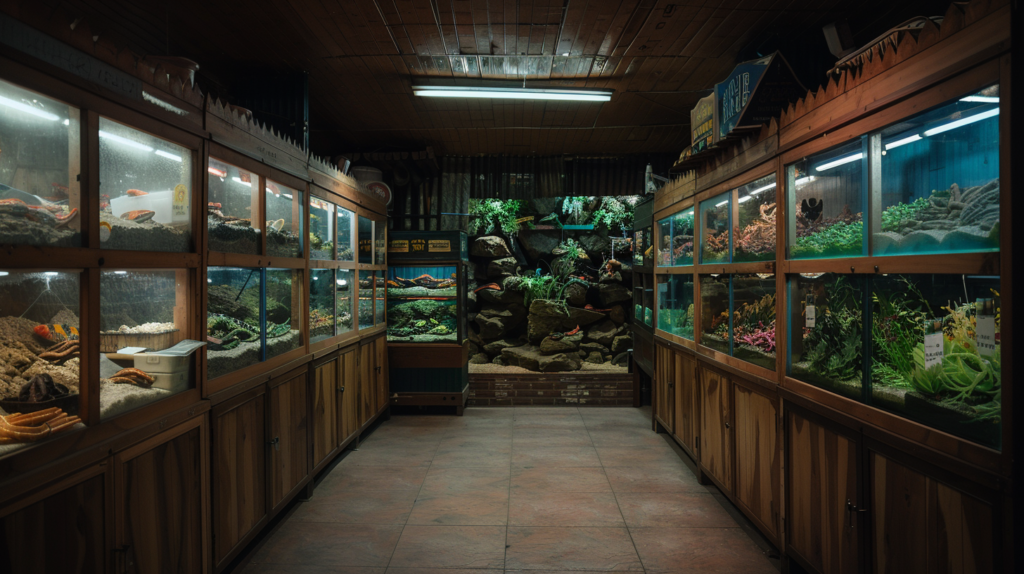
Regional differences in leopard gecko price reflect local market conditions, regulations, and breeding community strength. These variations can create significant opportunities for buyers willing to research different markets or travel for purchases.
Urban vs. Rural Markets: Urban areas typically feature higher prices due to increased demand, higher overhead costs, and limited space for breeding operations. Rural areas often offer lower prices but may have reduced selection and fewer reputable breeders.
Regional Breeding Hotspots: Certain regions have developed reputations as breeding centers, creating competitive markets with better prices and selection. Areas like Southern California, Florida, and parts of Texas host large breeding communities that benefit consumers through increased competition.
Shipping Considerations: Geographic distance affects total cost through shipping expenses, which can range from $40-$80 for overnight delivery. When comparing prices across regions, factor in shipping costs to determine true value.
Legal Considerations: Some states and municipalities have regulations affecting reptile ownership and sales, which can impact local pricing. Areas with restrictive laws may see higher prices due to limited supply, while reptile-friendly regions often enjoy more competitive markets.
Climate Impact: Regions with favorable climates for outdoor breeding facilities may offer lower prices due to reduced operational costs. Conversely, areas requiring year-round climate control may see slightly higher prices to offset energy expenses.
6. Breeder Reputation and Quality Indicators
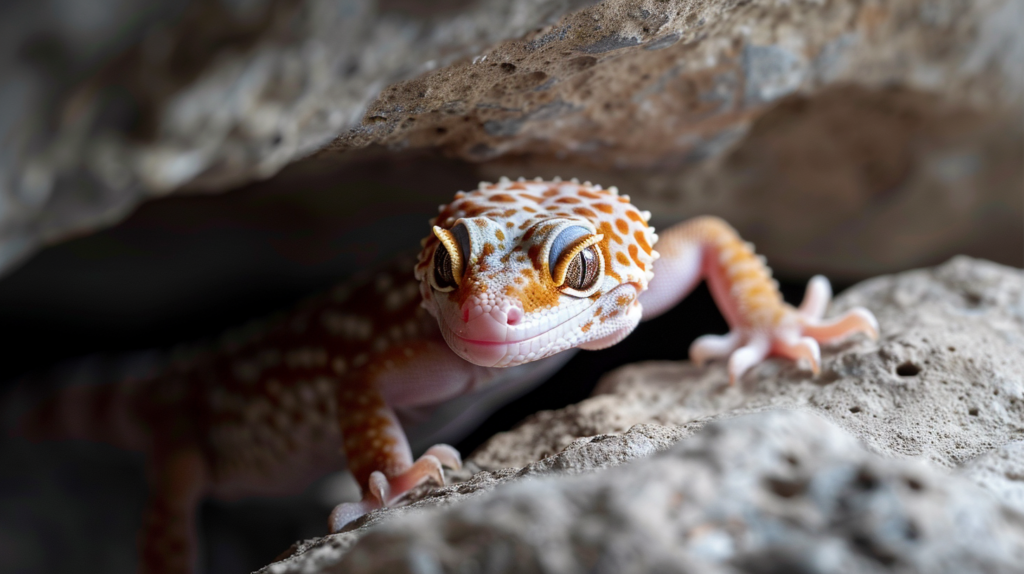
The reputation and quality standards of leopard gecko breeders directly impact pricing, but higher costs often translate to better value through healthier animals, accurate genetic information, and ongoing support. Learning to identify quality breeders helps justify price differences and avoid costly mistakes.
Established Breeder Characteristics: Reputable breeders typically charge 10-30% more than average market prices, but this premium reflects several valuable benefits. They maintain detailed breeding records, provide health guarantees, offer accurate genetic information, and remain available for ongoing support and advice.
Quality Indicators to Evaluate:
- Detailed animal histories and breeding records
- Health guarantees and return policies
- Clean, well-maintained facilities
- Transparent communication about genetics
- Positive reviews and references from previous customers
- Professional websites with comprehensive information
Red Flags to Avoid:
- Unusually low prices without clear explanation
- Reluctance to provide animal histories
- Poor communication or evasive answers
- Overcrowded or unsanitary conditions
- No health guarantees or return policies
- Pressure tactics or rushed sales processes
Investment in Reputation: Established breeders invest significantly in their reputation through quality animals, proper facilities, and customer service. While their prices may be higher, the reduced risk of health problems, genetic issues, and poor temperament often makes this investment worthwhile.
New Breeder Opportunities: Newer breeders may offer competitive pricing to establish their reputation, potentially providing excellent value for buyers willing to do thorough research. However, increased due diligence is essential when working with unestablished sellers.
7. Hidden Costs and Initial Setup Expenses
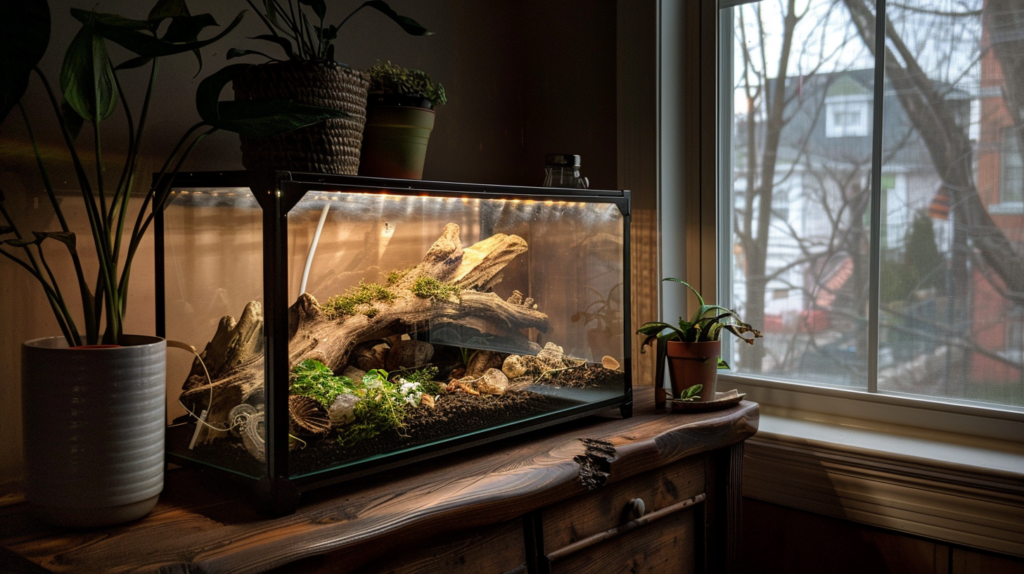
Understanding the complete financial commitment of leopard gecko ownership extends far beyond the initial leopard gecko price. Hidden costs and setup expenses can easily double or triple the total investment, making it crucial to budget comprehensively before purchasing.
Essential Setup Costs: The initial habitat setup represents a significant investment that new owners often underestimate. A proper leopard gecko enclosure requires specific equipment to maintain appropriate temperatures, humidity, and lighting conditions.
Detailed Setup Budget:
- 20-gallon long terrarium: $50-$80
- Under-tank heater: $15-$25
- Thermostat: $25-$50
- Digital thermometer/hygrometer: $10-$20
- Substrate: $10-$20
- Hide boxes (3 minimum): $30-$60
- Water dish: $5-$15
- Food dishes: $10-$20
- Decorations and enrichment: $20-$50
Total Setup Investment: $175-$340
Ongoing Monthly Expenses: Monthly maintenance costs include food, supplements, substrate replacement, and electricity for heating elements. These recurring expenses typically range from $15-$30 monthly, adding $180-$360 annually to ownership costs.
Veterinary Considerations: Exotic veterinary care can be expensive, with initial health checks costing $50-$100 and treatment for common issues ranging from $100-$500. Emergency care or complex medical issues can result in costs exceeding the gecko’s purchase price.
Replacement and Upgrade Costs: Equipment failure, habitat upgrades, and normal wear require ongoing investment. Heat sources, thermostats, and other electronic components may need replacement every 2-3 years.
8. Avoiding Scams and Overpriced Deals

The growing popularity of leopard geckos has unfortunately attracted unscrupulous sellers who exploit buyer inexperience through inflated prices, misrepresented genetics, or poor-quality animals. Learning to identify and avoid these pitfalls protects both your wallet and animal welfare.
Common Pricing Scams: Some sellers inflate prices by misrepresenting common morphs as rare varieties or claiming false genetic lineages. Others use misleading terminology to make standard geckos appear more valuable than their actual market worth.
Genetic Misrepresentation: Unethical sellers may claim their geckos carry expensive genetic traits without proper verification. Always request proof of genetics through photographs of parents, breeding records, or reputable lineage documentation.
Health Concealment: Some sellers hide health issues through selective photography, inadequate lighting, or rushed viewing sessions. Always insist on seeing animals in proper lighting and ask detailed questions about health history.
Pressure Sales Tactics: High-pressure sales situations often indicate overpriced or problematic animals. Reputable sellers encourage questions, provide time for decision-making, and support buyer education rather than rushing transactions.
Research and Verification: Before making any purchase, research current market prices for similar animals, verify seller reputation through reviews and references, and compare offerings across multiple sources. Social media groups and reptile forums provide valuable insights into fair pricing and seller reputations.
Documentation Requirements: Legitimate sellers provide proper documentation including health records, genetic information, and care instructions. Be suspicious of sellers unwilling or unable to provide these materials.
9. Best Time and Places to Purchase
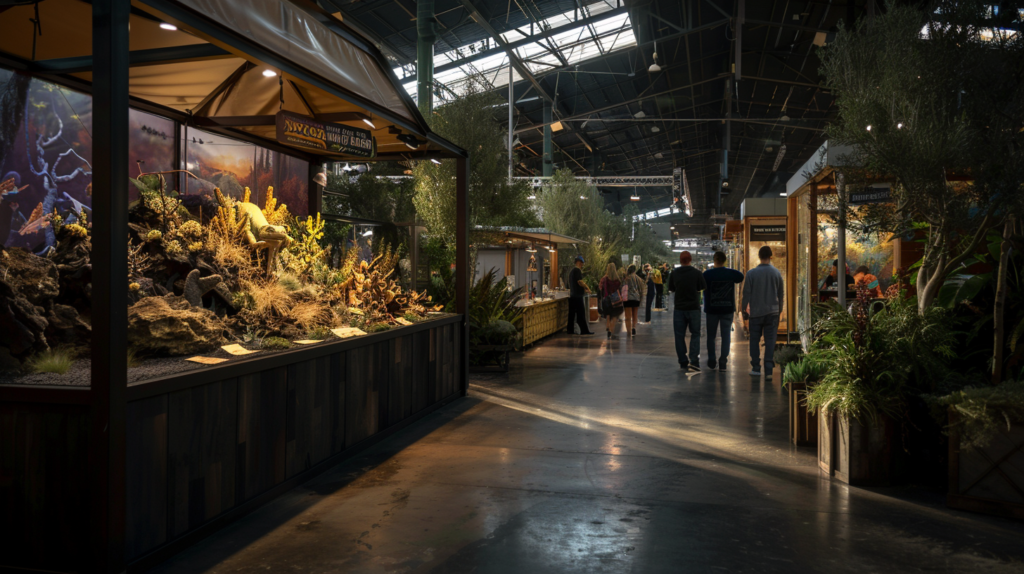
Strategic timing and source selection can significantly impact the leopard gecko price you pay while improving your chances of finding healthy, well-socialized animals. Understanding market patterns and venue characteristics helps optimize your purchase experience.
Optimal Purchase Timing: The best times to purchase leopard geckos typically occur during fall months when breeders reduce inventory before winter. Additionally, end-of-show sales at reptile exhibitions often feature discounted prices as vendors prefer selling rather than transporting animals home.
Reptile Shows and Conventions: Reptile shows offer unique advantages including direct breeder interaction, ability to inspect animals personally, immediate purchase without shipping stress, and competitive pricing due to multiple vendors. Major shows often feature special pricing and exclusive animals not available elsewhere.
Online Marketplace Considerations: Online purchases provide access to broader selection and specialized breeders but require careful evaluation of seller reputation, shipping policies, and animal welfare during transport. Research shipping methods, guarantee policies, and customer reviews before committing to online purchases.
Local Breeder Networks: Connecting with local breeding communities through social media, reptile clubs, and veterinary referrals often leads to better deals and ongoing support. Local breeders typically offer competitive pricing while eliminating shipping stress and costs.
Timing Within Breeding Seasons: Understanding breeding cycles helps identify optimal purchase windows. Early season animals (spring) typically command premium prices, while late season availability (fall) often features reduced pricing as breeders prepare for winter shutdown.
Holiday and Sale Periods: Some retailers and breeders offer holiday promotions or end-of-year sales, providing opportunities for reduced pricing. However, ensure adequate preparation time for setup and care during busy holiday periods.
10. Evaluating Value vs. Price
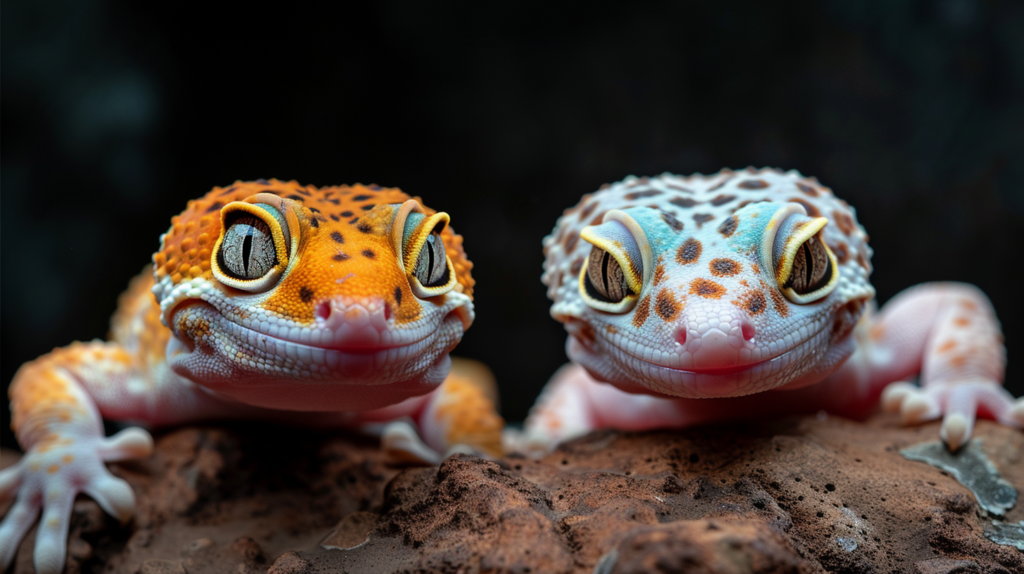
Determining true value in leopard gecko purchases requires looking beyond initial price to consider long-term costs, animal quality, and buyer satisfaction. Understanding these factors helps justify price differences and avoid false economy through cheap purchases.
Health as Value Factor: A healthy gecko from a reputable source may cost more initially but saves money through reduced veterinary expenses, longer lifespan, and better quality of life. Poor health can quickly result in costs exceeding the purchase price difference.
Genetic Accuracy Value: Accurate genetic information ensures you receive the morph you’re paying for and enables future breeding decisions if desired. Misrepresented genetics can result in significant financial losses for breeding-oriented buyers.
Breeder Support Value: Ongoing breeder support through care advice, feeding guidance, and health consultation provides significant value, particularly for new owners. This support can prevent costly mistakes and improve animal welfare.
Age and Maturity Considerations: While adults cost more initially, they offer proven genetics, established feeding patterns, and reduced mortality risk. For new owners, this additional cost often represents excellent value through reduced care complexity.
Long-term Cost Analysis: When evaluating value, consider the total cost of ownership over the gecko’s 15-20 year lifespan. Higher initial investments in quality animals and proper setup often result in lower long-term costs through reduced health issues and equipment replacement.
11. Negotiation Strategies and Best Practices
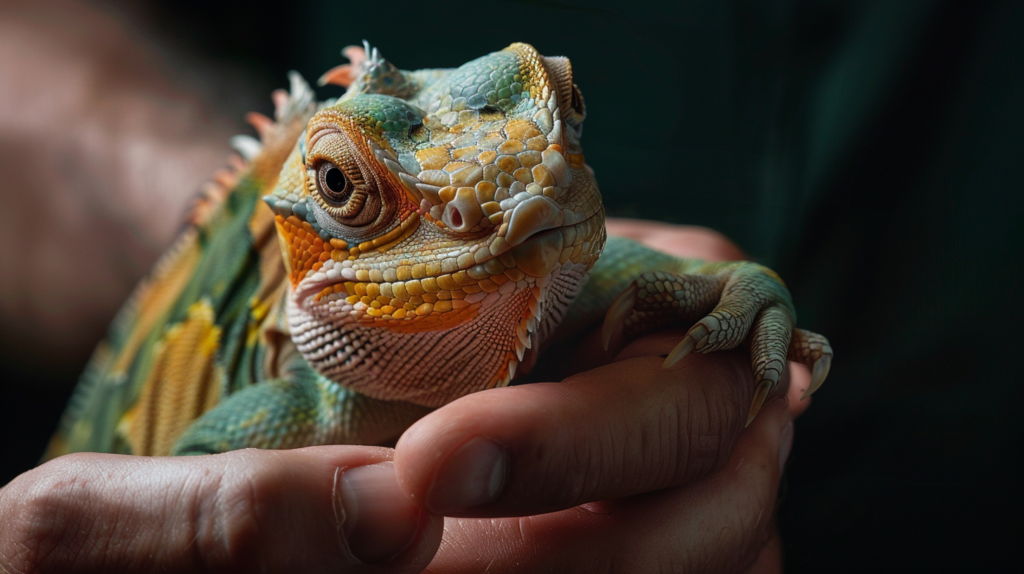
Effective negotiation can reduce leopard gecko price while maintaining positive relationships with sellers. Understanding appropriate negotiation contexts and techniques helps secure better deals without damaging your reputation or compromising animal welfare.
Appropriate Negotiation Situations: Negotiation works best when purchasing multiple animals, buying from private breeders rather than retailers, or purchasing at reptile shows near closing time. Volume purchases, end-of-season sales, and animals that have been available for extended periods also present negotiation opportunities.
Professional Negotiation Approaches: Always approach negotiation respectfully, acknowledging the seller’s expertise and investment. Focus on specific circumstances like bulk purchases, cash payments, or pickup rather than transport to justify price discussions.
Bundle Deal Strategies: Many breeders offer discounts for multiple animal purchases or when buying animals with equipment. These bundle deals often provide better value than individual negotiations and benefit both parties.
Building Relationships: Establishing ongoing relationships with breeders through repeat purchases, referrals, and positive interactions often leads to preferential pricing on future acquisitions. Long-term relationship building proves more valuable than aggressive single-transaction negotiation.
Timing Negotiation Efforts: End-of-show negotiations, end-of-season sales, and situations where sellers need to reduce inventory quickly provide the best negotiation opportunities. Avoid negotiating during peak demand periods when sellers have multiple interested buyers.
Maintaining Professionalism: Successful negotiation maintains respect for the seller’s business while presenting legitimate reasons for price consideration. Avoid insulting prices, questioning expertise, or making unreasonable demands that could damage relationships.
12. Making the Final Purchase Decision
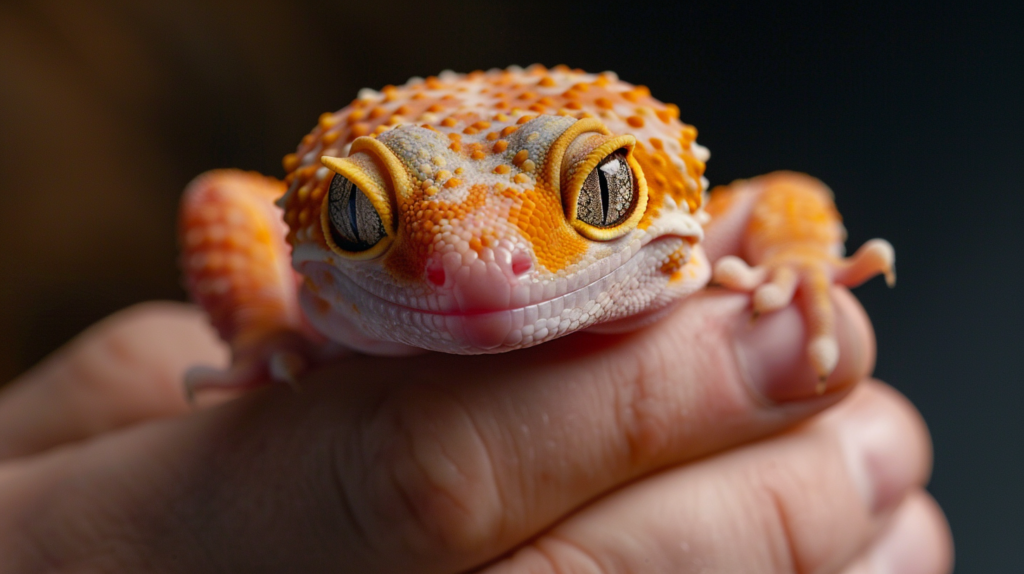
The final purchase decision involves synthesizing all pricing information, quality assessments, and personal preferences to select the best leopard gecko for your situation and budget. This crucial step determines your satisfaction and success as a gecko owner.
Comprehensive Evaluation Checklist: Before finalizing any purchase, systematically evaluate the animal’s health, genetic accuracy, seller reputation, total costs, and your preparedness level. This thorough assessment prevents impulse purchases and ensures informed decision-making.
Budget Confirmation: Verify that your budget covers not only the gecko purchase but also setup costs, initial supplies, and emergency veterinary fund. Rushing into purchases without adequate financial preparation often leads to poor animal care or unexpected financial stress.
Setup Readiness: Ensure your habitat setup is complete and properly functioning before bringing your gecko home. Temperature testing, equipment verification, and supply preparation should be completed days before animal arrival.
Long-term Commitment Assessment: Leopard geckos live 15-20 years, requiring consistent care throughout their lifespan. Honestly assess your ability to provide proper care, handle potential veterinary expenses, and maintain interest in reptile keeping over the long term.
Final Price Verification: Confirm all costs including taxes, shipping, supplies, and any additional fees before completing the purchase. Unexpected charges can significantly impact your budget and create financial stress.
Documentation and Guarantees: Ensure all promised documentation, health guarantees, and care information will be provided with your purchase. Clear understanding of return policies and guarantee terms protects your investment.
FAQ Leopard Gecko Price
How much should I expect to pay for a leopard gecko?
Normal Leopard Gecko Price typically cost $20-$60, while specialty morphs can range from $100-$2,000 or more. The total initial investment including setup costs usually ranges from $200-$400 for a basic gecko and proper habitat.
Are expensive leopard gecko morphs worth the higher price?
Expensive morphs may be worth higher prices for collectors or breeders interested in specific genetics, but normal morphs make equally good pets. Consider your goals, budget, and experience level when evaluating whether premium morphs justify their cost.
What hidden costs should I budget for Leopard Gecko ownership?
Beyond the gecko price, budget for habitat setup ($175-$340), monthly food and supplies ($15-$30), annual veterinary care ($100-$300), and equipment replacement costs. Emergency veterinary care can cost $200-$500 or more.
When is the best time to buy a leopard gecko for lower prices?
Fall months (September-November) typically offer the best prices as breeders reduce inventory before winter. End-of-show sales at reptile exhibitions and end-of-season sales also provide excellent opportunities for discounted pricing.
How can I avoid overpaying for a leopard gecko?
Research current market prices, compare multiple sources, verify seller reputation, and understand the genetics you’re purchasing. Avoid high-pressure sales situations and take time to evaluate the total cost including setup and ongoing expenses.
Should I buy from a pet store, breeder, or online seller?
Each source has advantages: pet stores offer convenience and immediate availability, reputable breeders provide expertise and better animal quality, and online sellers offer wider selection. Choose based on your priorities for price, animal quality, and support level.
Call to Action
For more expert pet care tips and product recommendations, visit BlithePet.com — your trusted source for pet wellness.
Conclusion
Understanding leopard gecko price factors empowers you to make informed purchasing decisions while avoiding common pitfalls that lead to overpaying or poor animal selection. From basic morph pricing to hidden setup costs, seasonal market fluctuations to breeder reputation evaluation, each factor contributes to the total value equation.
The key to successful gecko ownership lies in balancing initial costs with long-term value, prioritizing animal health and seller reputation over lowest price, and preparing comprehensively for the financial commitment involved. Remember that a leopard gecko represents a 15-20 year commitment requiring consistent care and ongoing expenses throughout its lifespan.
Whether you choose a budget-friendly normal morph or invest in a premium genetic line, focus on finding healthy animals from reputable sources who provide ongoing support. The small price difference between quality and budget options often proves insignificant compared to the long-term benefits of proper animal selection.
By applying the strategies and information presented in this guide, you’ll be well-equipped to navigate the leopard gecko market confidently, secure fair pricing, and begin your reptile keeping journey with a healthy, well-socialized companion.
Have a similar experience with your pet? Share it in the comments below!

